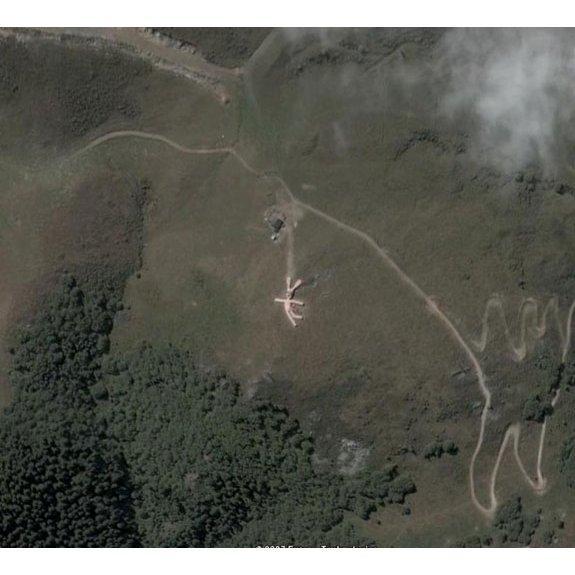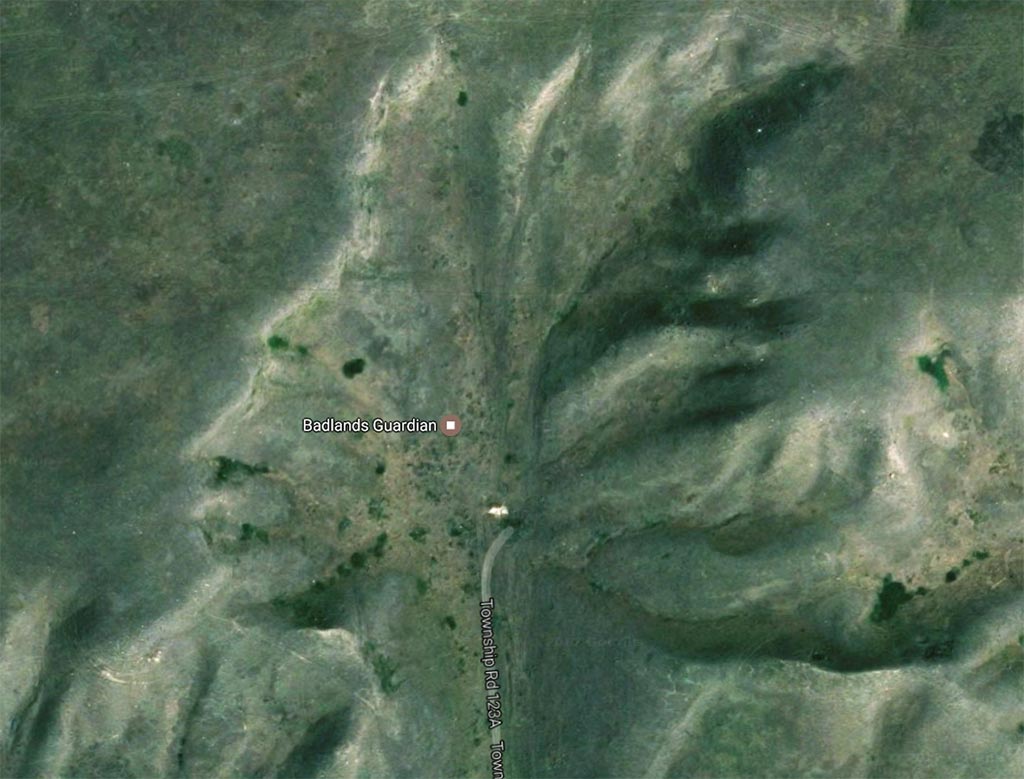

The pareidolia test was administered to 52 patients with DLB, 52 patients with Alzheimer's disease (AD) and 20 healthy controls (HCs). We created a simplified version of the pareidolia test and examined its validity and reliability to establish the clinical utility of this test. The pareidolia test is a tool that evokes visual hallucination-like illusions, and these illusions may be a surrogate marker of visual hallucinations in DLB. Visual hallucinations are a core clinical feature of dementia with Lewy bodies (DLB), and this symptom is important in the differential diagnosis and prediction of treatment response. Importantly, this highlights a broader need for information on contaminant dynamics in watersheds subject to elevated rates of erosion. While the impact of this on aquatic biota requires further investigation, we suggest erosion in the Alberta badlands may be contributing to Hg-based fish consumption advisories in the RDR. Rather, the highly variable and elevated metal concentrations in the RDR watershed were a function of the high and variable suspended sediment fluxes which characterize the river system. Suspended sediment concentrations (Csed) and metal to aluminum ratios were generally not indicative of substantial sediment enrichment. Total suspended solids (TSS) explained a large proportion (r²=0.34–0.83) of the variation in total metal concentrations in the RDR and tributaries and metal fluxes were dominated by the particulate fraction (60–98%).

Furthermore, peak concentrations of total Cd (9.8μgL⁻¹), Cu (212μgL⁻¹), Hg (649ngL⁻¹) and Pb (361μgL⁻¹) were higher than, or comparable to, values reported for rivers and streams heavily impacted by anthropogenic activities. At sites draining the badlands, total water column Cd, Cu, Hg and Pb concentrations frequently exceeded guidelines for the protection of freshwater biota. In this study, we investigated riverine heavy metal (Cd, Cu, Hg and Pb) dynamics in the Red Deer River (RDR) watershed at sites upstream (n=2) and downstream (n=7) of the Alberta badlands, an area of naturally high erosion. A comparison of the iconographic tribal motifs of both North and South America is presented and a request for an extensive ground exploration and additional satellite images of this formation is encouraged.Įrosion is important in the transport of heavy metals from terrestrial to fluvial environments. A claim of intelligent design is offered and a geologist and geoscientist examine natural mechanisms that could contribute to the formation of these aesthetic features. When taken together these aesthetic features create the visual impression of a left-facing portrait of an indigenous tribesman wearing a feathered headdress. The headdress consists of a headband containing a staggered set of feather-shaped extensions.

The facial features include an eye, nose, mouth, chin, neck, and jawline.

The images reveal a profiled portrait of a human head wearing a feathered headdress. The formation is presented in one aerial and three satellite images acquired over the past 70 years by the Alberta Department of Lands & Forests and Google Earth. This is an analysis of a large facial formation set within a glacial moraine along the southeast corner of Alberta, Canada, known as the Badlands Guardian.


 0 kommentar(er)
0 kommentar(er)
